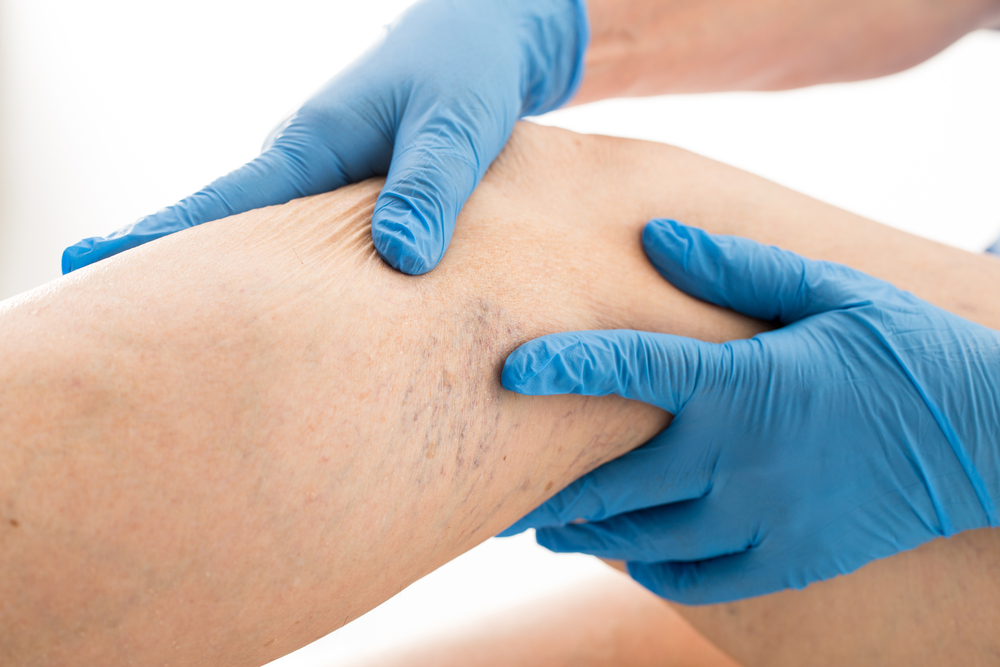
Laser Vein Treatments for Varicose Veins
February 12, 2019
Uncovering 4 Truths and 4 Myths About Spider Veins
February 12, 2019Leg Spasms Maryland
Injury to the gastrocnemius muscles, in the back of the legs, results in a calf strain, which in turn can lead to painful leg spasms. These injuries are most common among men aged 30-50 and typically heal with rest and non-surgical care.
So, how do you know when to seek medical attention for a calf strain?
Keep reading as we discuss the symptoms of mild to severe calf strains, including swelling, tenderness, and leg spasms, and your treatment options.
What Is a Calf Strain?
Calf strain occurs when calf muscles are stretched too far, and injury can range from mild to severe. In mild cases, the muscles have been pulled beyond normal excursion, and in more severe instances, patients can encounter tearing of muscle fibers.
Nevertheless, most calf strains involve only minor tears of the muscle fibers.
When Can Calf Strain Cause Leg Spasms Maryland?
Calf strains are graded on scale of I-III, depending on the associated symptoms, level of pain, and degree of impairment.
While grades I and II result in some minor discomfort and physical restrictions, individuals that suffer from a grade III (most severe) calf strain may be unable to walk, experience leg spasms, and have significant swelling, and bruising.
What Are the Symptoms of Calf Strain?
Calf strain and, associated leg spasms, usually presents as a sudden sharp pain in the back of the leg, in the area between the knee and ankle. Often, the injury occurs to the medial gastrocnemius muscle and produces swelling and tenderness.
Patients should seek medical attention if they have difficulty walking, pain when sitting or resting, and/or pain at night.
Treatment Options for Calf Strain?
Treatment options for calf strain and leg spasms depends on the severity of injury. With that being said, resting the affected muscle is always a good idea, as is gentle calf muscle stretching.
Icing the area, in the first 48 hours post-strain, can help decrease inflammation and increase circulation. Also, applying heat before stretching and exercise assists in loosening the damaged muscle.
Additionally, taking NSAIDs and other anti-inflammatory medication and undergoing physical therapy are other ways to alleviate pain and heal a muscle strain.
If you believe that you have a muscle strain and are experiencing leg spasms and other concerning symptoms, please contact us today to schedule a consultation with one of our highly talented and experienced vascular specialists.



